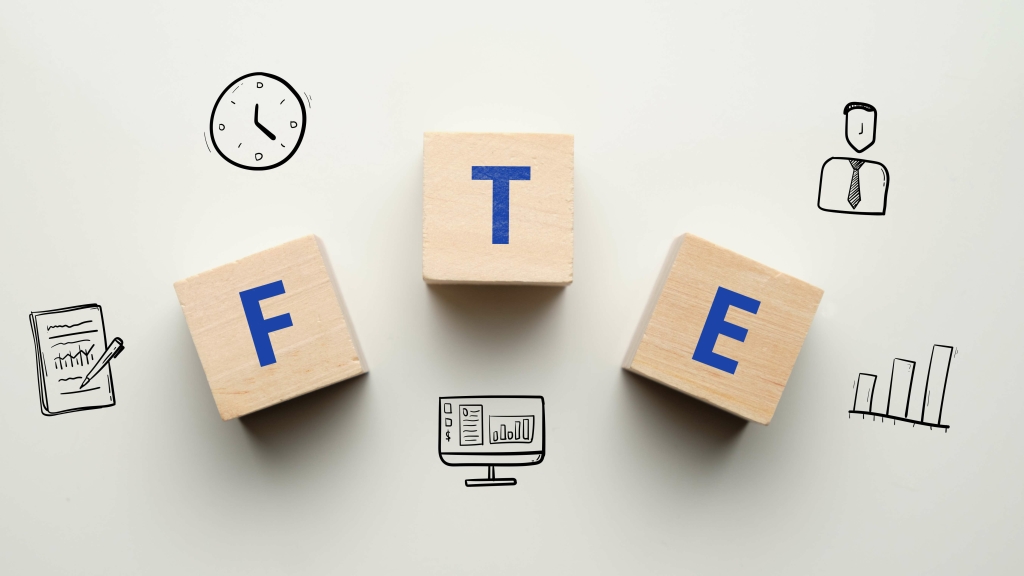
Reserve for obsolete inventory is a contra asset account used to write down the inventory account if inventory is considered obsolete. Excess, stored inventory will near the end of its lifespan at some point and, in turn, result in expired or unsellable goods. https://galerinikah.my.id/mark-to-market-accounting-for-financial-and-tax/ In this scenario, a write-down is recorded to the reserve for obsolete inventory.

What is the Effect of Contra Accounts to the Balance of Related (Paired) Account?

An asset that is recorded as a credit balance is used to decrease the balance of an asset. This account is not classified as an asset since it does not represent a long-term value. It is not classified as a liability since it does not constitute a future obligation. In the financial statements the asset account would be offset against the contra asset account to show the net balance.

A Closer Look at Contra Revenue and Equity
It’s essentially a reverse investment; instead of pouring money in, the company is taking it back, reflecting a decrease in shareholders’ equity. This can have various strategic implications, from attempting to increase per-share earnings to trying to prevent takeovers. Contra equity accounts, therefore, act as a ledger for corporate strategy, impacting how the worth of a company is perceived from the what are contra asset accounts outside.

Empower Your Business with Expert Accounting Solutions
- If a $100,000 note is issued at a 2% discount, the Discount on Notes Payable would be $2,000, effectively reducing the liability over the note’s life until it reaches its face value at maturity.
- By reflecting the true health and value of assets, liabilities, and equity, they support a realistic assessment of financial standing.
- Instead, you need to record this value gap, and a contra asset account serves that purpose.
- If a customer returns goods, debit sales returns and allowances and credit accounts receivable.
- Similarly, on the Income Statement, contra-revenue accounts like Sales Returns and Allowances or Sales Discounts are netted against gross sales.
- This process will give rise to a contra asset account which is the discount on notes receivables.
This change gives a more realistic picture of assets and ensures companies don’t overstate their financial situation. When posting transactions, one would credit the contra asset account to increase its balance, which decreases the net value of the corresponding asset. Sales and Sales Returns and AllowancesBusinesses also deal with sales returns and allowances, which are recorded in a contra revenue account. This account offsets the gross revenue to reflect that not all sales result in final transactions. If a company records $200,000 in revenue but then issues $10,000 in sales allowances and returns, the net revenue would be $190,000.
Examples of Contra Asset Accounts
Contra accounts allow you to account for unpaid invoices, depreciation, and discounts. Tracking these adjustments separately prevents overstating income or asset values, helping you anticipate financial risks and avoid sudden losses. Accumulated Depreciation acts as a subaccount for tracking the ongoing depreciation of an asset. Each year of an asset’s life, another year of Depreciation Expense is recorded. Accumulated depreciation is considered a contra asset because it contains the cumulative total of all depreciation expense recognized on an asset to date.
- Contra accounts work alongside their parent accounts to give a fuller picture.
- Contra accounts are an essential component of the accounting process, providing transparency, accuracy, and clarity in financial reporting.
- Like we mentioned above, normal asset accounts have a debit balance, while contra-asset accounts carry a credit balance.
- This general structure can be applied across all contra types, so if the parent account has a credit, the contra account will have a debit.
- For instance, Accumulated Depreciation—a common contra-asset account—shows the cumulative depreciation of fixed assets over time.
- Rather than altering the original cost of the asset, it serves to reduce the asset’s value on the balance sheet, thus representing the asset’s declining value over its useful life.
- They typically have opposite normal balances; for example, while asset and expense accounts usually have debit balances, contra asset and contra equity accounts carry credit balances.
Discover our unwavering dedication to revolutionizing businesses with bespoke financial solutions. Even a small HVAC shop with a couple of vans benefits from accurate depreciation tracking and return Accounting for Technology Companies monitoring. By keeping the original numbers visible, your statements remain clear, helping you identify trends, spot problem areas, and make better informed business decisions. Companies that hold inventories for a long time may face accumulating obsolete inventory.
In the realm of accounting, various techniques are used to ensure financial statements provide an accurate and comprehensive view of a company’s financial health. One such method is the use of contra accounts, a type of account that directly correlates and offsets a related account. Have you ever wondered how businesses manage their financial statements to reflect true asset values?
Common Examples of Contra Accounts
A contra-asset account in accounting serves to reduce the balance of a related asset account. These specialized accounts present a more accurate and transparent view of a company’s financial position. Instead of directly decreasing the original asset value, a contra-asset account offsets it, providing clarity on both the initial cost and the subsequent reduction. Since a contra asset account’s purpose is to reduce the value of a related asset, it must have the opposite normal balance. Therefore, a contra asset account increases with a credit and decreases with a debit.